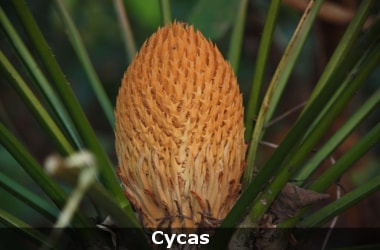
Research conducted on a tree found in the Acharya Jagadish Chandra Bose Indian Botanic Garden in West Bengal has revealed two new species of Cycas to the world.
Cycas are one of the most ancient plants whose fossils date to the Jurassic period and are often referred to as “living fossils”.
While initial studies on the lone tree revealed that it was Cycas, a gymnosperm, further research based on its morphological and anatomical characters led to the discovery of new species of Cycas pschannae and, later, Cycas dharmrajii in the Andaman and Nicobar Islands.
The species were named after scientists Paramjit Singh Channa and Dharmraj S. Mishra.
This discovery takes the number of Cycas species found in the country to 14.
“The lone Cycas pschannae found in the Botanic Garden may have been planted by the British.
Cycads are very slow growing trees and this particular tree did not catch much attention before 2001 when we started working on it.
Of the nine locations where the species was found, it was only at two places that a congregate population of significant adult plants could be located, Mr. Singh said.
The scientists found about 1,200 plants at Middle Andaman Curt Burt Bay Wildlife Sanctuary, which included only 13 adult trees and 500 in North Andaman, Ross Island which also had 13 adults.
In the rest of the places the population of the new species was scattered with very few adult plants.
It was while hunting for Cycas pschannae that the scientist laid his eyes on Cycas dharmrajii in Table Excelsior Island.
Cycas dharmrajii, whose morphological and anatomical details were made public in the Nordic Journal of Botany in April, is characterised by the abnormal branching habit of its giant trunk and its swollen base.
Unique features of Newly Discovered Cycas- What makes the Cycas dharmrajii distinct from other Cycas found in the country is the well-defined 10 to 28 hook-like structures in the apex of the mega sporophyll (sporophyll are spore-bearing leaf-like female sex organ of the plant).
- The sporophylls of Cycas pschannae are characterised by the presence of two lateral horn-like structures.
According to scientists, Cycas evolved on the earth as the first seeded plants and they grow very slowly, adding only a few centimetres every year. - Nearly 65% of Cycas are threatened but what makes the flora unique is that despite being a contemporary of the dinosaur, the genus continues to thrive.
- There are over 100 species of Cycas found across the globe.